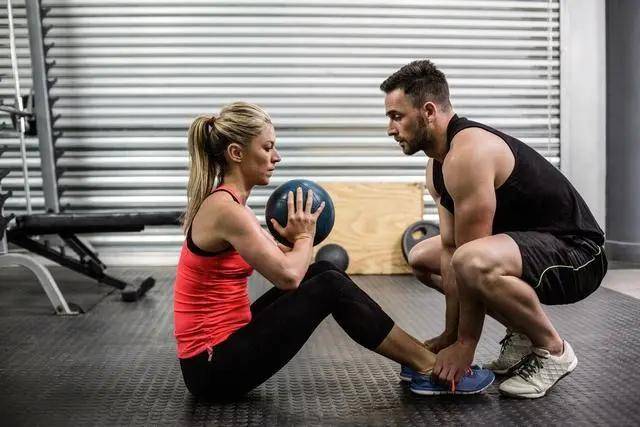How to start your fitness journey, you must read these suggestions!
Embark on your fitness journey with essential tips! Dive into transformative suggestions for a healthier, stronger, and more vibrant you

For people who want to stick to fitness, 1 hour of exercise every day is very necessary.
However, many people cannot persist every day. People who can go to the gym to exercise more than three times a day are already very self-disciplined. Among those who have applied for a fitness card, only 12% can insist on checking in 2 or more times a week, while more people have applied for a card and stopped going to the gym after checking in 2 or 3 times. The card expires immediately.
Although few people can persist in exercising for one hour every day, those who can persist in exercising 4-5 times a week are already better than 95% of fitness people. If you persist for more than 3 months, your physical fitness and figure will also undergo great changes.
Fitness plans are dead, but people are alive. As long as we learn the fitness formula, you can train flexibly. So, if you go to the gym to exercise for 1 hour every day and want to improve your fitness results, how should you arrange your training scientifically? Learn it in a few steps!

The first step is to clarify your fitness goals
There are mainly two types of people who exercise, one is for losing fat, and the other is for building muscle. The purposes of building muscle and losing fat are different, and the main training items are also different. Strength training builds muscles, while aerobic exercise breaks down fat and consumes muscles. If a person who is building muscle does too much aerobic exercise, then the muscle will not grow. And obese people only perform strength training, and their fat consumption rate will be very slow.
As for fitness people, as the exercise cycle lengthens, the fitness goals will also change, and the training plan also needs to be changed in time to improve fitness effects. So are you one of those who want to gain muscle or lose fat?

Step 2: Arrange training content
1. Warm up before formal training
Do not enter formal training immediately, otherwise, your body may not be able to adapt. For example, if your blood suddenly surges and your heart rate increases too fast, you may feel dizzy. During the training process, muscle tissue may be easily injured.
Therefore, you should stretch for 5 minutes before formal training to move your muscles and bones, promote blood circulation, and let the body enter a preheating state. Note: Warm-up time is not included in formal training time.

Before strength training for those who want to gain muscle, they need to warm up the target muscle groups with light-weight training, and then carry out formal training with heavy weight. People who want to lose fat can do strength training for half an hour after warm-up training, and then choose other aerobic exercises for fat-burning training.
2. Formal training
People who want to gain muscle mainly focus on strength training and can do 40 minutes of strength training + 20 minutes of aerobics.

Each time you train, you can train two muscle groups. For example, today you train legs + abdominal muscles, tomorrow you train chest muscles + triceps, the day after tomorrow you train shoulders + triceps, and the day after tomorrow you train back. Each muscle group matches 4 -5 movements, and 10RM failure weight, and 3-4 groups can stimulate the target muscle group and improve muscle size. Don't blindly pursue heavy weights. Beginners seek stability. Increase the weight once your movements are standardized, otherwise, fitness accidents may easily occur.
People who lose fat mainly do aerobic exercise and can do 20 minutes of strength + 40 minutes of aerobic exercise. Strength training can be divided into upper-body muscle groups and lower-body muscle groups. Choose 4-6 movements for training each time, with a weight of 12-15RM and 3-4 groups.

For aerobic exercise, you can choose jogging, spinning, aerobics, and other items. People with a basic fitness background can choose medium-to-high-intensity rope skipping, variable-speed running, and HIIT interval training. Each 20-minute training can achieve 40 minutes of aerobic exercise.
3. Stretch and relax after training
Relaxation helps stretch muscles, avoid muscle congestion and stiffness, reduce muscle soreness, and improve fitness results. Perform dynamic stretching before training and choose static stretching after training for about 5 minutes.

Do not sit down and rest immediately after training, or blow on the air conditioner or take a shower. These are all misunderstandings after training. After training, the body is sweating and the pores are expanding, making it easier for bacteria to invade and the body's resistance is relatively weak.
After training, stretch and relax first to help the body recover and calm down the heart rate. Stretch for 30 minutes before taking a bath. Do not take a cold bath, but choose a warm bath.

Summary: This is a popular fitness process that allows you to avoid some fitness misunderstandings, arrange fitness plans reasonably, and effectively improve fitness results
What's Your Reaction?





















